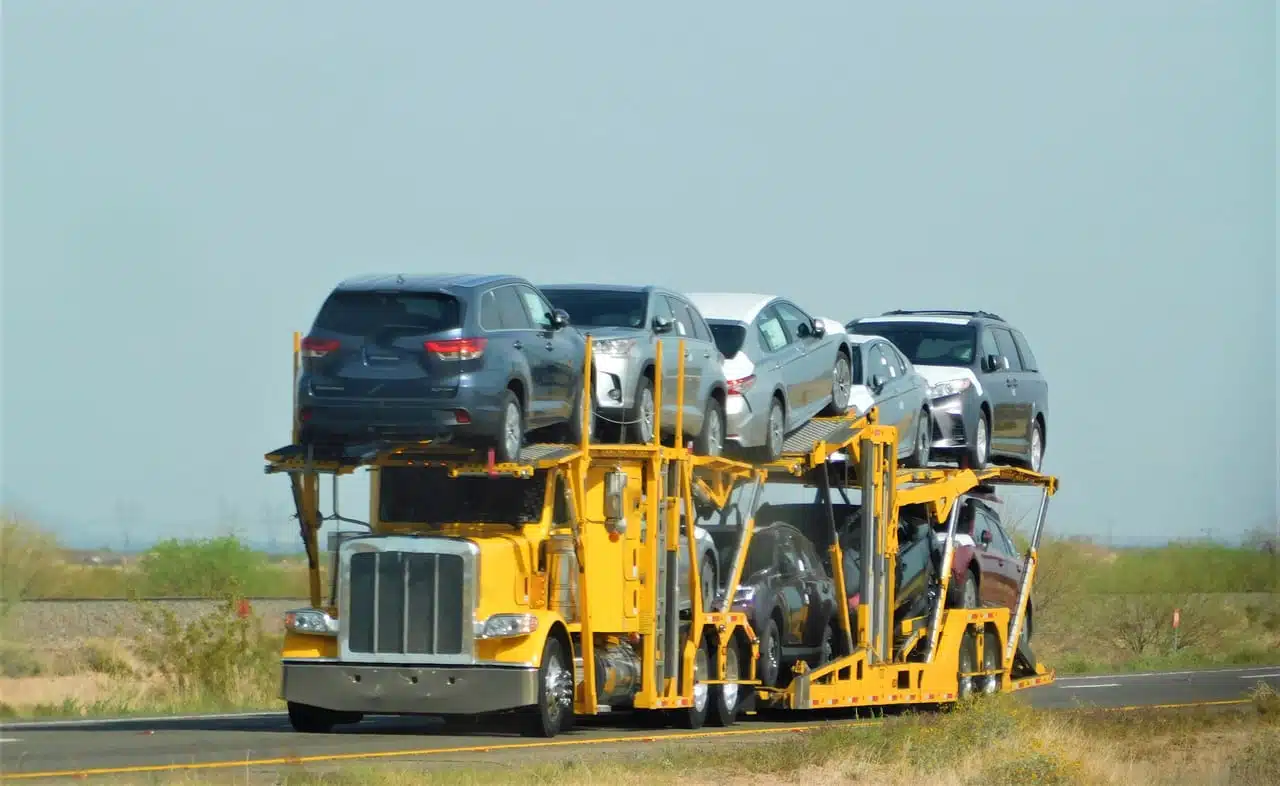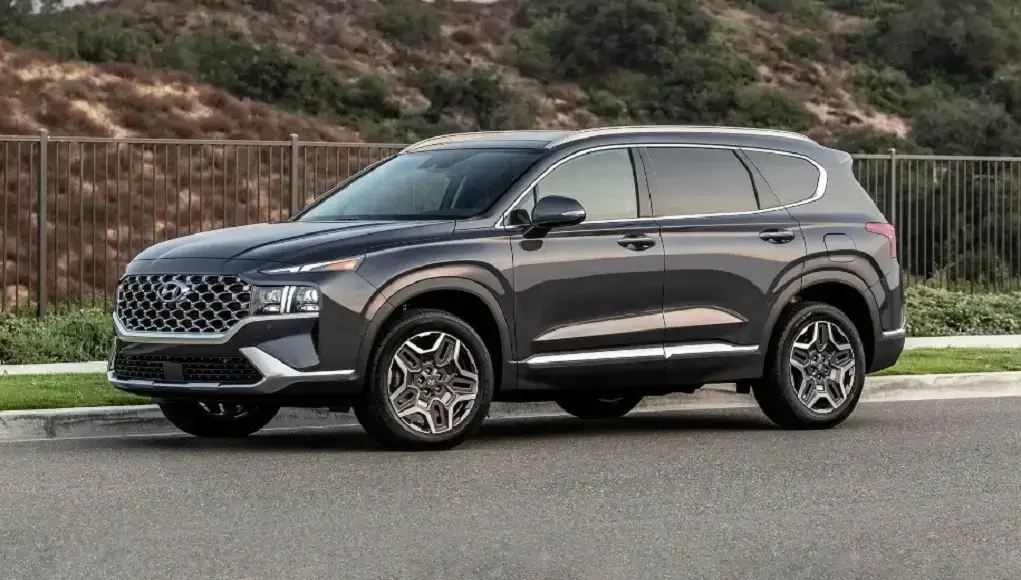
STURGIS, S.D. — Albert Aguirre was amped as he and a buddy skimmed across the South Dakota plains, heading to join 460,000 bikers for a motorcycle rally shaping up to be a Woodstock of unmasked, uninhibited coronavirus defiance.
“Sit tight Sturgis,” Aguirre, 40, posted on Facebook on Aug. 7 as he snapped a photo of the sun sifting through the clouds. “We’re almost there!”
A month later, back home in the college town of Vermillion, South Dakota, Aguirre was so sick he could barely take a shower. He had not been tested but told friends that it had to be COVID-19.
Sign up for The Morning newsletter from the New York Times
Infectious-disease experts had warned about the dangers of cramming thousands of revelers into the Black Hills of South Dakota at the height of a pandemic. But it was the 80th anniversary of the annual Sturgis rally, and bikers were coming no matter what.
South Dakota’s Republican governor, a vocal opponent of lockdowns, gave her blessing, local leaders set aside their misgivings, and thousands of people from every state in the nation rolled down Sturgis’ Main Street.
In the aftermath, hundreds of people have gotten sick, and Sturgis has become a rumbling symbol of America’s bitter divisions over the coronavirus, even now, as cases continue to surge, surpassing more than 121,000 daily infections Thursday, and the nation’s death toll crosses 235,000.
Some called the rally a declaration of freedom and went home with T-shirts declaring, “Screw COVID I Went to Sturgis.” But others in deeply conservative South Dakota now say it recklessly helped seed a new wave of cases raging out of control in the state.
Family members who stayed away are angry at relatives who attended and brought the virus home. Sturgis council members who approved the rally have been bombarded with death threats. And health experts and politicians are still fighting over how many cases Sturgis may have caused across the country.
After the crowds streamed home like some huge exhalation, coronavirus cases tied to the rally began popping up as far away as New Hampshire. Infection numbers climbed in the Dakotas and in the neighboring states of Wyoming and Nebraska, where thousands of residents had returned from Sturgis.
In all, cases spread to more than 20 states and at least 300 people — including revelers’ families and co-workers who never set foot in South Dakota, according to state health officials. Twin sisters who had worked at a bike-washing stand in Sturgis tested positive. So did a local paramedic. And a motorcycle mechanic’s family in Rapid City.
Health officials said a lack of contact tracing and the sheer scale of the event have made it impossible to know how many people were infected directly or indirectly because of Sturgis.
“We don’t know if we’ll ever know the full extent,” said Dr. Benjamin C. Aaker, president of the South Dakota State Medical Association. “These people go home and get sick with coronavirus. They don’t have any way of knowing whether they picked it up at the rally or back in California.”
Aguirre’s friends said they would likely never know whether he got sick at Sturgis, at a bar or restaurant in his hometown as college students returned, or somewhere else altogether.
But friends said that by early September, Aguirre — a big guy and fiercely loyal friend who loved cooking and the Wu-Tang Clan — had been sick for more than a week and was struggling to breathe and eat. He called a local clinic but worried he could not afford to go to a hospital because he did not have insurance, according to friends and the chief of the Vermillion Police Department.
“Hanging in there?” a friend, Dan Herrera, texted Aguirre on Sept. 5.
“About to get in the shower and see how much energy that uses,” Aguirre replied.
“Good luck.”
Three days later, Herrera texted Aguirre to check in.
This time, there was no answer.
‘Do You Want Me to Build a Wall Around Sturgis?’
Like every year, banners strung across Main Street proclaimed, “Welcome Harley Riders.” Downtown was blocked off for motorcycle parking. And despite rising case counts and growing criticism, Gov. Kristi Noem told Fox News in August that the state was handling the virus and glad to host the rally. “We hope people come,” she said.
But behind the scenes, many in the 7,000-person city of Sturgis were on edge.
Three City Council members wanted to call it off, but they changed their votes at the last minute after several large concert venues, including the Buffalo Chip campground and Rushmore Photo and Gifts, sent letters threatening legal action against the city. Sixty percent of residents who answered a city-sponsored survey wanted to postpone the rally, but city officials said they were boxed in.
“I said back in March, do you want me to build a wall around Sturgis or a wall around South Dakota, because that is the only way we could have stopped them,” Mayor Mark Carstensen of Sturgis said.
The backlash came quickly. After the rally concluded, city officials were flooded with death threats day and night by phone, email and mail.
In response, the city scrubbed its website of all personal contact information and replaced it with a generic phone line. The death threats ramped up another notch after a study suggested the event resulted in an estimated 250,000 coronavirus infections across the country.
Mike Bachand, a City Council member, was among those who received death threats for his vote to host the event. The messages continue to come in, he said.
Rod Woodruff, owner of the Buffalo Chip, which is outside the city limits of Sturgis and is used as a campground by motorcyclists during the rally, said he could not rationally see how the event could end up being a superspreader event and was skeptical of some of the cases being linked back to the event. Woodruff said he did not know of anyone who contracted the virus at the campgrounds.
Democrats and some conservatives in South Dakota say the rally turned their state into a petri dish. They say Sturgis and other mass gatherings like President Donald Trump’s Fourth of July rally, the state fair and an early-September Mustang car rally in Sturgis helped send the state’s infection rate soaring to one of the highest in the nation. The state is averaging about 1,100 cases a day, compared with fewer than 100 in much of August and September.
But other conservatives accuse the news media and Democrats of inflating case counts and exaggerating the rally’s toll to smear its bikers. They said the number of infections was negligible compared with the thousands who attended and pointed out tha
t many rallygoers spent the week outdoors, camping and zooming through Spearfish Canyon and the Badlands.
‘I’ve Never Seen Him So Sick’
Back home, quietly, people were getting sick. And health departments in different states were struggling to trace where they had gotten sick or who else they might have infected on long road trips that spanned hundreds of miles.
In Rapid City, Holly Sortland had feared the virus would find her family, especially her 15-year-old son who has a heart defect. Her husband was a motorcycle mechanic in Sturgis, and though he wore a mask and tried to stay away from the rally crowds, a co-worker had been going maskless to the bars. Five people at his bike shop tested positive.
“We kind of knew what was going to happen,” Sortland said. “I’ve never seen him so sick.”
By mid-August, Sortland said, her husband was running a 101-degree fever and shed about 10 pounds. When she got flowers for her birthday, she realized that she could not smell them — a symptom that she, too, had COVID-19. A positive coronavirus test confirmed it.
A contact tracer with the South Dakota Department of Health called the family to ask where her husband worked, but he worried about getting into trouble with his boss given the stigma that swirls around the virus, Sortland said. When she talked with the tracer, she said, she was not asked about her family contacts or where she had shopped.
To date, the Health Department has reported 125 coronavirus cases among state residents who attended the rally. Derrick Haskins, a department spokesman, said the agency only conducts contact tracing on South Dakota residents.
The Minnesota Department of Health in September connected 74 cases to the rally — 51 people who attended and 23 others who came into contact with them later. A man in his 60s who attended the rally contracted the virus and died. He is the only rallygoer whose death has been attributed to the coronavirus.
“It is very challenging to trace the infections that attendees may have spread after they returned from Sturgis,” said Kris Ehresmann, director of infectious disease epidemiology at the Minnesota Department of Health. “We were able to link several infections at a Minnesota wedding to someone who had gone to Sturgis, but we were not able to definitively state there was a direct link. The web just becomes too complicated.”
In North Dakota, the Health Department traced 30 cases back to the event, said Nicole Peske, a spokeswoman for the agency. That number, she added, does not include any secondary coronavirus cases that may have resulted if someone contracted the virus from someone who was at the rally.
Peske said the agency was still investigating the cases linked to the event.
The illnesses cut rifts among friends and families. In the rural panhandle of western Nebraska, Heather Edwards watched with frustration after a cousin who had worked at the rally tested positive and then shrugged off the seriousness because she had a mild case. A woman in Sioux Falls, South Dakota, seethed after her sister returned home from Sturgis, went to a wedding with a pasta buffet and tested positive the next day.
Heidi Morgan, a conservative Republican who lives in the Black Hills, said some friends from Nebraska who attended Sturgis got sick after returning home. They refused to get tested out of a belief that the rally’s opponents wanted to use higher infection numbers as a political weapon.
“There’s that feeling of, ‘We’re not going to add to the numbers,’” said Morgan, who said her family had taken the pandemic seriously, guided by their Baptist faith in putting others’ welfare first. “I’m trying to convince them that’s not true.”
‘Not Knowing Is the Hardest Part’
Aguirre was found dead at home Sept. 10. The officers who moved his body wore gowns and protective gear because of the coronavirus risk, according to Chief Matt Betzen of the Vermillion Police Department. A posthumous test for the virus came back positive, according to the county coroner.
South Dakota’s Health Department has not connected any deaths to the rally, and Aguirre’s friends said they have been struggling to get answers or information about how and where he got sick, and wondering whether they could have helped.
“I don’t understand why he went to Sturgis and didn’t take COVID seriously,” said Jon Esmay, a friend who had not spoken with Aguirre in a few months. “Mostly I’m just angry that someone who talked to or saw him more often didn’t get him to the ER. I’m angry that I didn’t talk to him more often.”
Dustin Van Balen, who considered Aguirre to be like an adopted brother, said he had been trying to piece together a timeline using Aguirre’s phone. But he said they might never have answers.
“Not knowing is the hardest part,” he said.
This article originally appeared in The New York Times.
© 2020 The New York Times Company




More Stories
IONIQ 5 N Pre-Production Model Lands in Europe
Flash Drive: 2023 Toyota Prius Hybrid
How To Make Sure Your Vehicle Remains Five-Star | FunRover